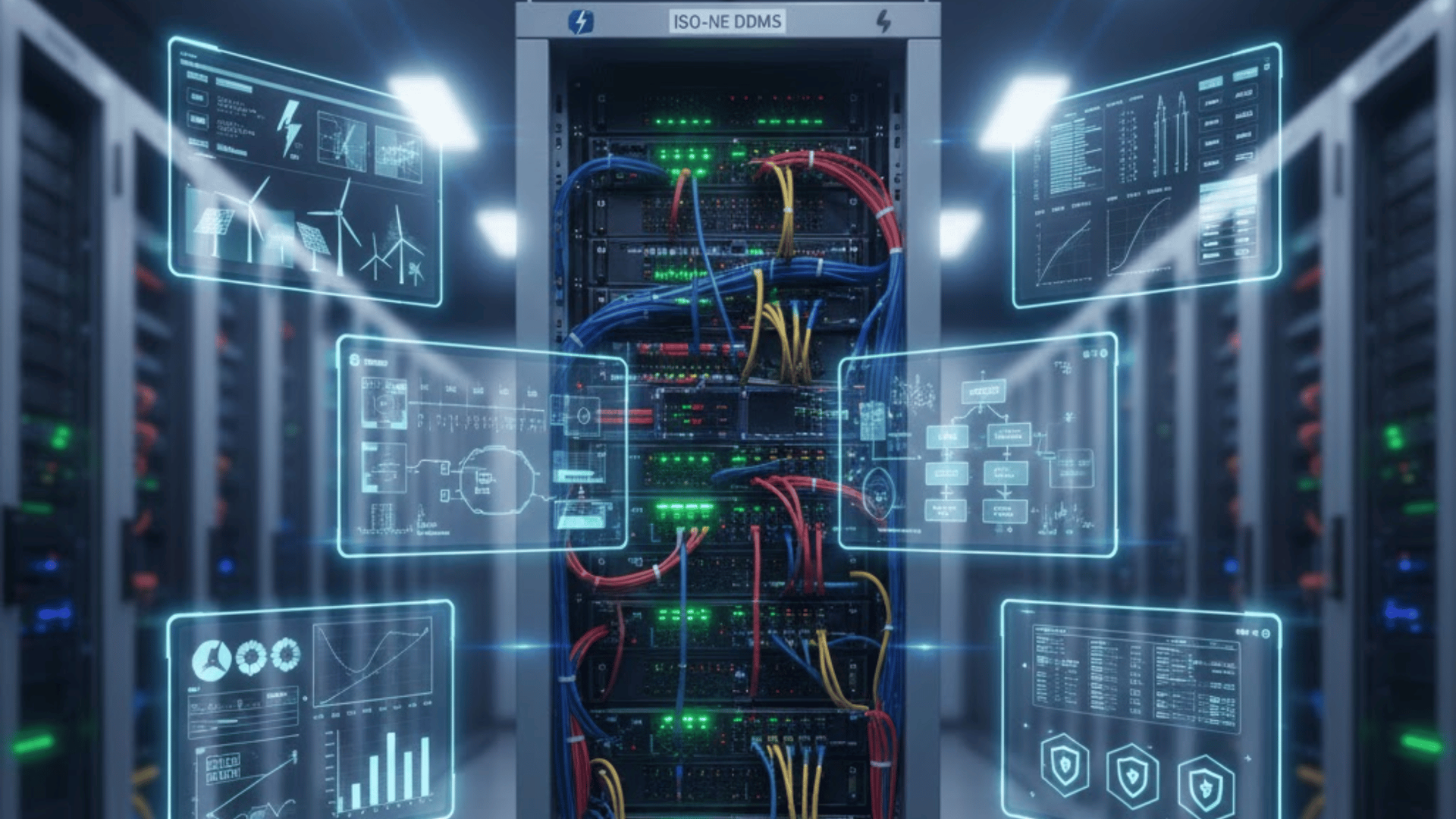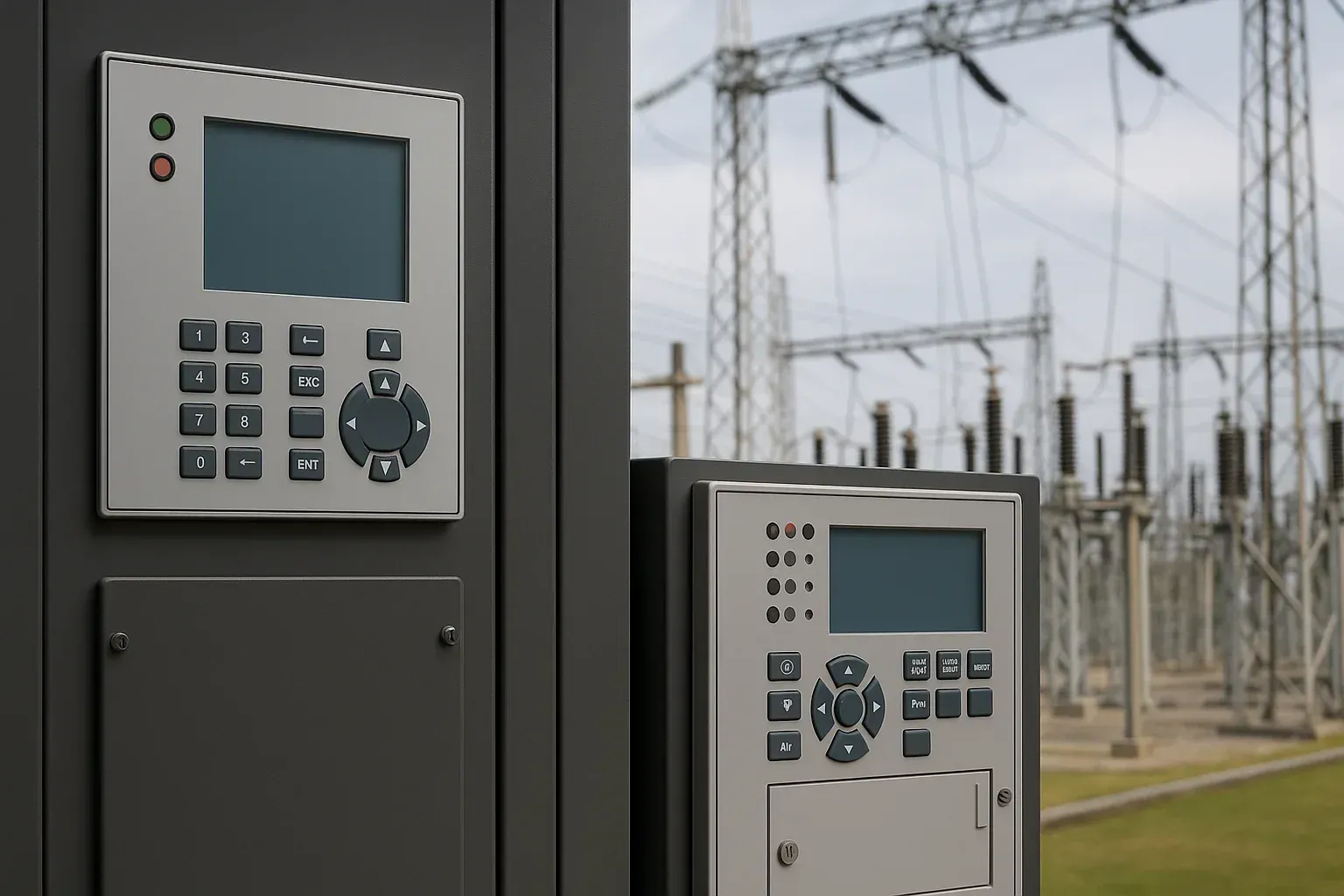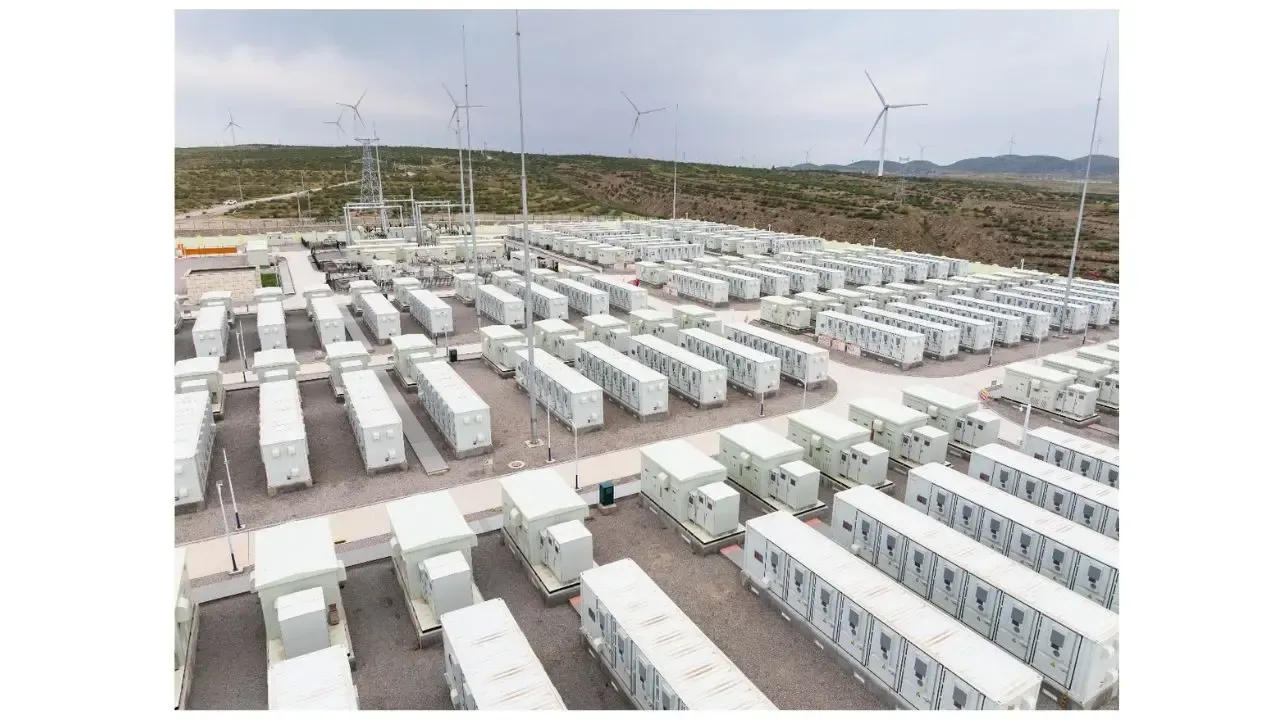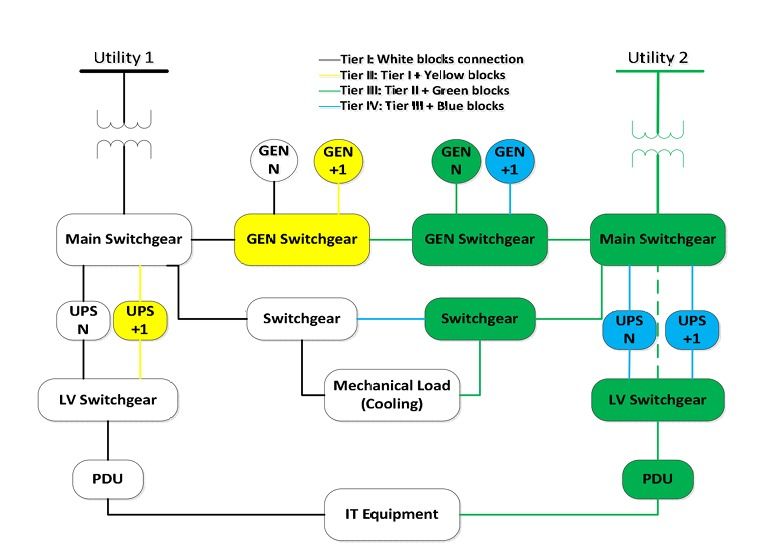NYISO Transmission Expansion & Interconnection (TEI) Services
April 22, 2025 | Blog

The NYISO Transmission Expansion & Interconnection (TEI) process is the mandatory gateway for connecting new generation resources, transmission lines, and large-load facilities to the New York grid. After the 31 July 2024 tariff update and its two-phase Cluster Study Process, interconnection now demands sharper engineering, airtight reliability modelling, and smart cost-allocation strategy. Keentel Engineering partners with developers, municipal utilities, and transmission owners to steer each project—solar, wind, BESS, 115 kV line, or 90 MW industrial load—through every TEI milestone. From SIP/TIP application to Feasibility, SIS, Facilities, and Cluster Phase 1-2, we keep your project NYISO-compliant, upgrade-cost-efficient, and on schedule for energization.
Why the NYISO TEI process matters
The NYISO TEI framework governs how generation, transmission, and large-load projects connect to the New York State Transmission System or local distribution networks. Each study milestone—Feasibility, SIS, Facilities, and the new two-phase Cluster Study—protects grid reliability, assigns upgrade costs under the NYISO OATT, and enforces tariff compliance.
Keentel Engineering—full-cycle TEI services
| End-to-end support | What you get |
|---|---|
| Feasibility, SIS & Facilities Studies | Short-circuit, steady-state, stability models that meet NYISO & NYSRC Reliability Rule B.5 |
| Cluster Study guidance | Phase 1 viability screens, Phase 2 cost-allocation strategy, CRIS optimisation |
| Engineering Procurement Agreements (EPA) | Scope definition + preliminary upgrade procurement |
| Interconnection Agreement (IA) negotiations | Drafting & red-line support with NYISO + Connecting Transmission Owner (CTO) |
| Cost-allocation analytics | Upgrade‐share modelling under Attachment HH |
| Tariff compliance | SIP, TIP and Load Interconnection paths, IEEE 2800 checks for IBRs |
Need pre-study modelling? See our Power-System Studies hub.
How we navigate each study path
- Generation Interconnection (SIP) – application prep, site-control proof, inverter IEEE 2800 compliance.
- Transmission Projects – Section 3.7 TO-driven lines or TIP for developer-sponsored builds; CRIS/ERIS deliverability.
- Large-Load Interconnections – ≥ 10 MW at ≥ 115 kV or ≥ 80 MW below 115 kV; scoping → SIS → Load IA.
- Cluster Studies – project positioning, cost-share advocacy, cash-security phasing across both phases.
Need a POI yard? Explore Substation Design Services.
What sets Keentel apart
✅ Expertise across all NYISO study paths—SIP, TIP, Load.
✅ ANSI-compliant one-line diagrams and layout drawings.
✅ Proven modelling accuracy—PSSE RAW & ASPEN DYD files pass first-round NYISO validation.
✅ Upgrade-cost optimisation—our clients routinely save 10–15 % in Phase 2 allocations.
✅ Smooth stakeholder management—NYISO, CTOs, Affected Systems, external areas.
FAQs — NYISO TEI Process (Keentel Engineering)
Q1. What is the NYISO Transmission Expansion & Interconnection (TEI) process?
It assesses reliability and deliverability impacts of new generation, transmission, or large-load facilities on the New York grid.
Q2. Who are the main parties?
NYISO, Connecting Transmission Owners (CTOs), Affected Systems, Transmission Developers, and Interconnection Customers.
Q3. How do I submit an Interconnection Request?
Via NYISO’s online Interconnection Projects Portal.
Q4. What is the application fee for generation projects?
US $10,000 (US $5,000 for CRIS-only requests).
Q5. What must accompany the initial application?
Conceptual one-line diagram, site layout, PSSE/ASPEN models, proof of site control, and the application fee.
Q6. What is the Cluster Study?
A two-phase study that analyses reliability and deliverability impacts for projects submitted in the same window.
Q7. How long does a Cluster Study take?
About 535 days from window close to final cost allocation.
Q8. What are the study phases for generation projects?
(Optional) Pre-application → Cluster Study → optional Engineering Procurement Agreement (EPA) → Standard Interconnection Agreement.
Q9. What deposit is required for a CRIS-only study?
US $50,000.
Q10. When is a System Impact Study (SIS) required for transmission expansion?
If transfer capability drops > 10 MW or increases > 25 MW.
Q11. How do TIP projects differ from Transmission-Owner (TO) projects?
TIP covers developer-proposed lines; TO projects are utility-sponsored under Section 3.7.
Q12. What deposits apply to TIP studies?
US $60 k (Feasibility) • US $120 k (SIS) • US $100 k (Facilities).
Q13. Is NYISO a signatory to the Load Interconnection Agreement?
No—only the customer and CTO sign the Load IA.
Q14. What triggers NYISO jurisdiction for load?
Loads ≥ 10 MW at ≥ 115 kV or ≥ 80 MW below 115 kV.
Q15. What modelling formats are required?
Short-circuit, steady-state, and stability models in PSSE RAW plus ASPEN DYD/DYR.
Q16. What if a project rejects its Phase 2 allocation?
It may withdraw or defer per Cluster-Study tariff rules.
Q17. Which projects qualify for CRIS?
Any interconnection requesting a capacity deliverability evaluation.
Q18. How can site control be demonstrated?
Ownership, long-term lease, or exclusive land-use rights covering the project term.
Q19. What begins during the Engineering & Procurement Agreement (EPA)?
Design finalisation and early procurement of interconnection-upgrade equipment.
Q20. How does Keentel reduce cost-allocation risk?
By queue positioning, upgrade-scope negotiation, and active advocacy during Phase 2 allocation rounds.
NYISO TEI Case-Study Highlights – Real Projects, Real Results
1. 20 MW Solar Farm | CRIS-Only Cluster Interconnection
Challenge - Secure CRIS rights for a 20 MW PV plant during the new NYISO Cluster Study.
Keentel Solution — ANSI one-line diagrams, NYSRC B.5 reliability attestations, PSSE steady-state model.
Outcome — CRIS granted, upgrade cost-share minimised, Interconnection Agreement executed months ahead of queue peers.
2. 115 kV Radial Line | TIP Transmission Expansion
Challenge — Developer-sponsored line under the Transmission Interconnection Procedures (TIP).
Keentel Solution — Optional Feasibility Study, full System-Impact Study (SIS), stability screening.
Outcome — No major network upgrades; Facilities Study signed off two months early.
3. 90 MW Industrial Load | NYISO Load Interconnection
Challenge — Large-load (≥ 80 MW @ < 115 kV) connection with tight CAPEX limits.
Keentel Solution — Load-interconnection request, SIS modelling, Load IA negotiation with Connecting Transmission Owner (CTO).
Outcome — Grid access approved; customer saved $3 million in avoided upgrade charges.
4. 195 MW Wind Farm | Phase 1 & Phase 2 Cluster Study
Challenge — Participate in Cluster windows with limited site-control documentation.
Keentel Solution — Temporary site-control plan, PSSE/ASPEN stability package, active Phase 2 cost-allocation advocacy.
Outcome — Full cost allocation accepted; phased cash-security schedule secured, keeping project queue-firm.
These wins show how Keentel’s end-to-end command of NYISO interconnection rules, TIP/SIP paths, CRIS/ERIS deliverability and Cluster-Study strategy turns complex transmission-expansion projects into bankable assets—on schedule and on budget.
Partner with Keentel for NYISO TEI success
We don’t just “support” your project—we become your strategic partner, making the NYISO TEI process faster, smoother and smarter.
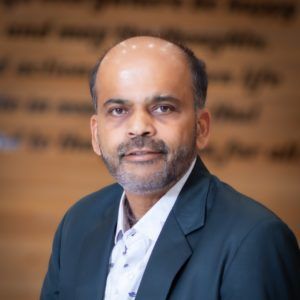
About the Author:
Sonny Patel P.E. EC
IEEE Senior Member
In 1995, Sandip (Sonny) R. Patel earned his Electrical Engineering degree from the University of Illinois, specializing in Electrical Engineering . But degrees don’t build legacies—action does. For three decades, he’s been shaping the future of engineering, not just as a licensed Professional Engineer across multiple states (Florida, California, New York, West Virginia, and Minnesota), but as a doer. A builder. A leader. Not just an engineer. A Licensed Electrical Contractor in Florida with an Unlimited EC license. Not just an executive. The founder and CEO of KEENTEL LLC—where expertise meets execution. Three decades. Multiple states. Endless impact.
Services

Let's Discuss Your Project
Let's book a call to discuss your electrical engineering project that we can help you with.

About the Author:
Sonny Patel P.E. EC
IEEE Senior Member
In 1995, Sandip (Sonny) R. Patel earned his Electrical Engineering degree from the University of Illinois, specializing in Electrical Engineering . But degrees don’t build legacies—action does. For three decades, he’s been shaping the future of engineering, not just as a licensed Professional Engineer across multiple states (Florida, California, New York, West Virginia, and Minnesota), but as a doer. A builder. A leader. Not just an engineer. A Licensed Electrical Contractor in Florida with an Unlimited EC license. Not just an executive. The founder and CEO of KEENTEL LLC—where expertise meets execution. Three decades. Multiple states. Endless impact.
Leave a Comment
We will get back to you as soon as possible.
Please try again later.
Related Posts



